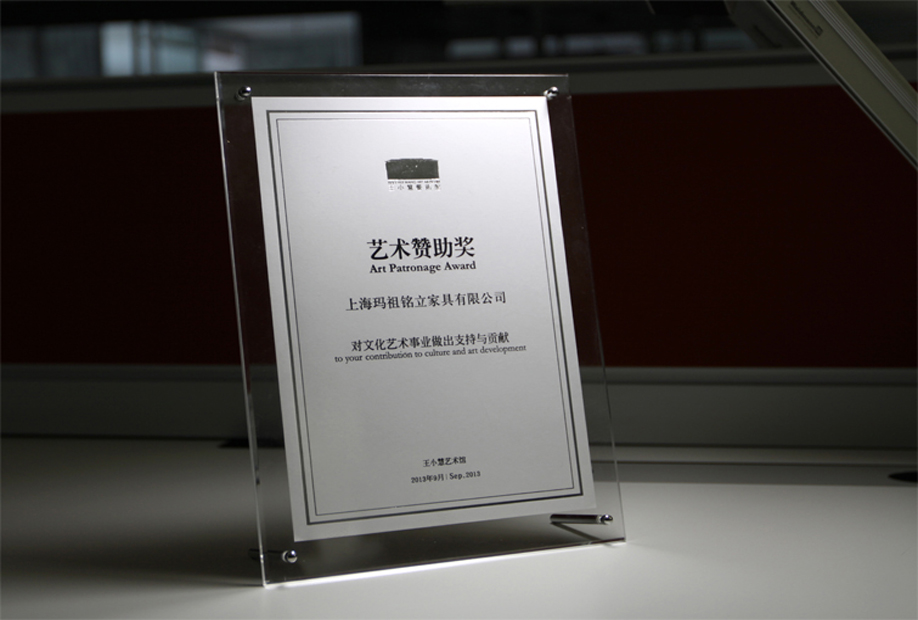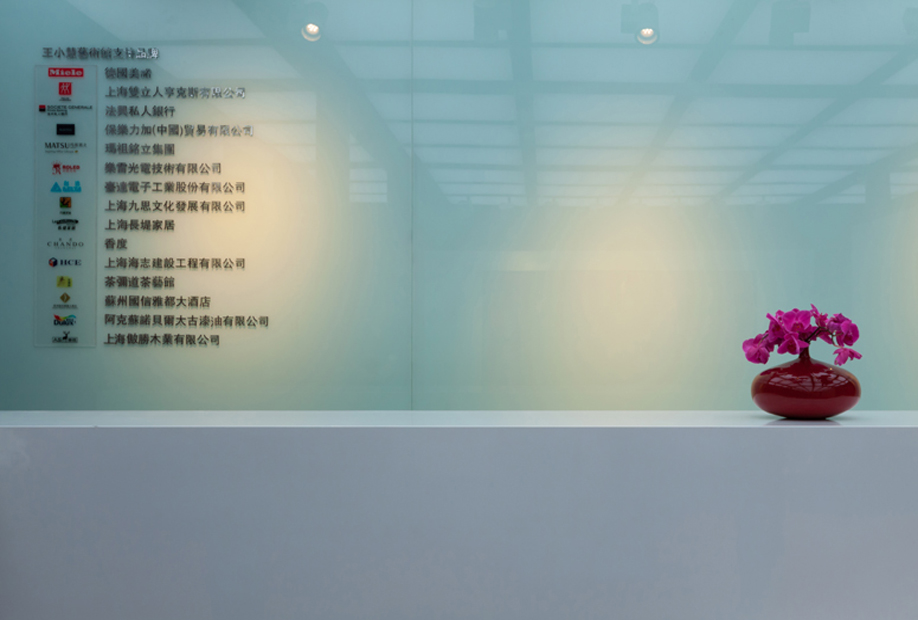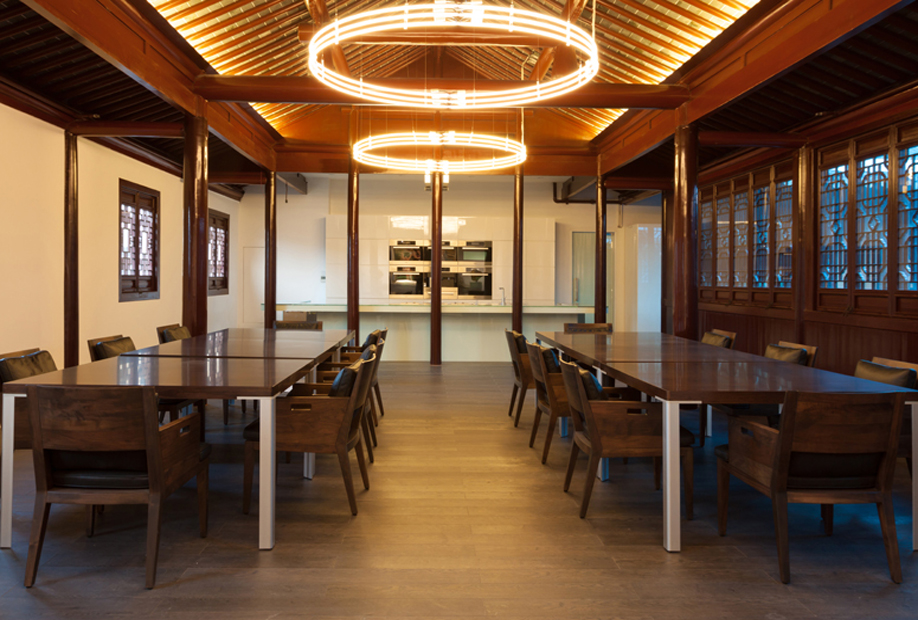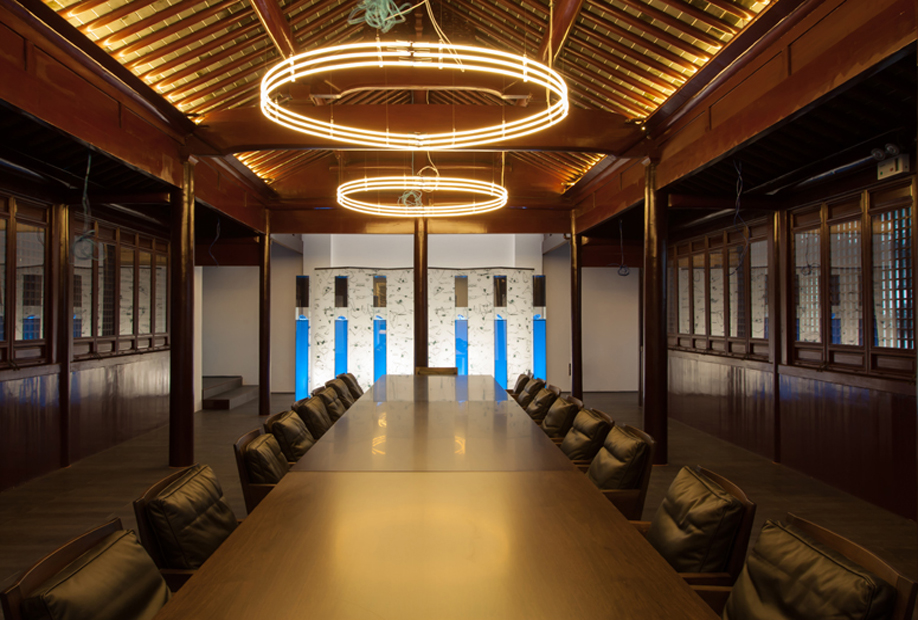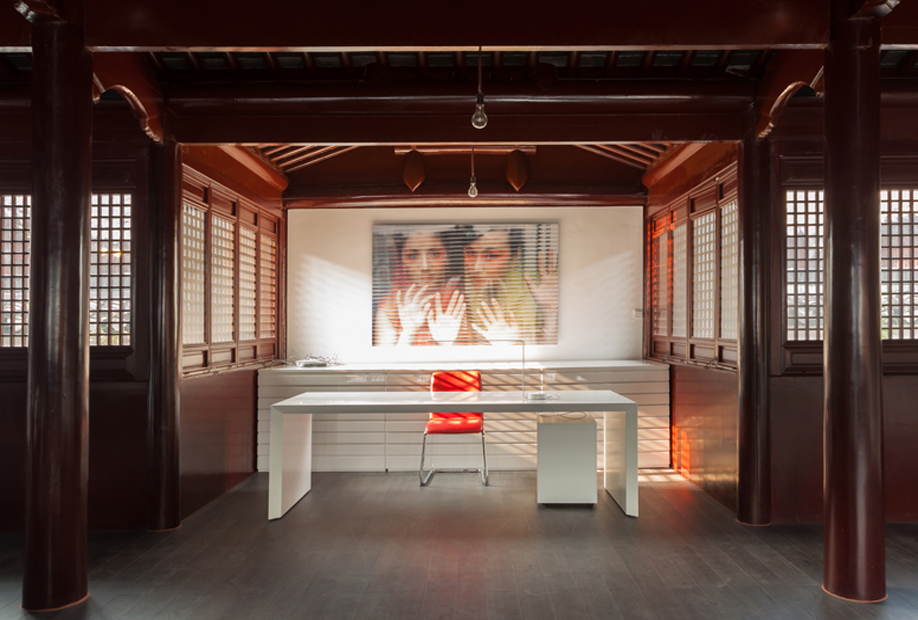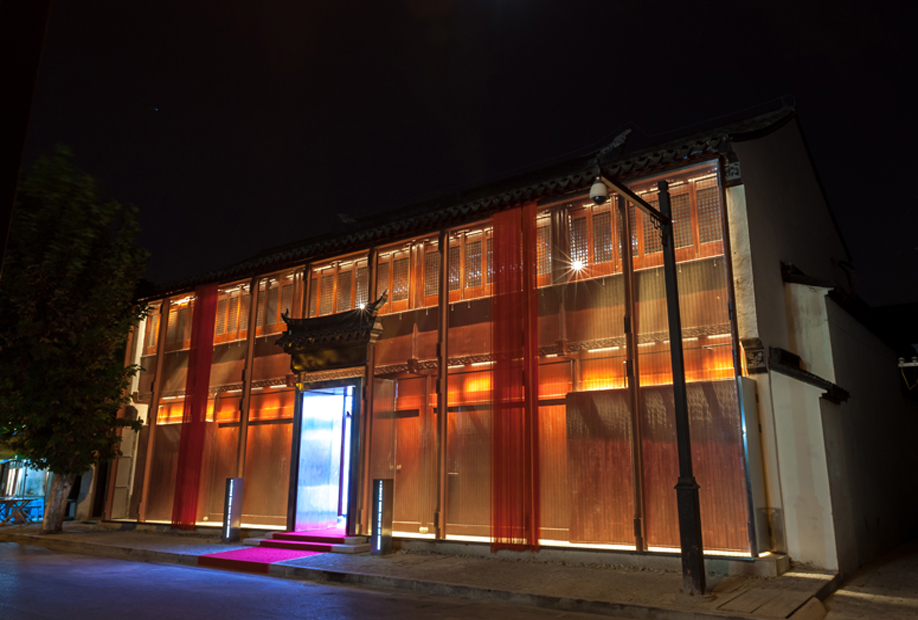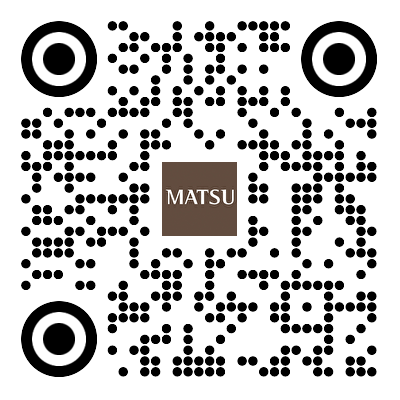Situated on Suzhou’s busiest street-Jiangping Street in the old downtown area, Xiaohui Wang Art Museum has opened for business recently. The history of Ding Mansion, as the museum was previously named, dates back to Qing Dynasty. But no record can be found on its original owner. During the era of the Republic of China (R.O.C.), this property was owned by Ding Chunzhi, former Magistrate of Dingxiang County during late Qing Dynasty who later came back to Suzhou as an industrialist. The recent relocation of Ding Mansion this time has resulted from changes in its surroundings. But its historical significance and symbolic values will live on. With its architectural style staying intact, this facility has been moved to Daru Alley 54, well fitted into all other ancient blocks on Jiangping Street.
It was a major decision made by Suzhou Municipal Government to convert Ding Mansion into Xiaohui Wang Art Museum, in an effort to boost Suzhou's status by promoting its cultural and creative industries with the help of internationally renowned celebrities.
Ding Mansion is now embracing a new era with a new owner. Xiaohui Wang, once worked as an engineer, directed the design efforts of this project by combing mansion’s traditional layout with the modern functionality of art museum. With the boldness and creativity of Wang, this art museum has become a classic one featuring both Chinese and Western cultures among all converted and renovated mansions. What really make this ancient-style architecture teeming with the charm of youth are the master pieces of the artist. As a modern artist, Wang has lived in Germany for more than 20 years. With exquisite design and careful layout, her pioneering, experimental and modern art works, including photographs, sculptures, devices, images and new media, are well fitted into the ancient buildings. This is the most significant feature of Xiaohui Wang Art Museum. Once you step into the art museum, you can see the natural and unique aspects of it in every corner. It has both the ancient and simplistic beauty of Ming Dynasty architectures and the unique charm of contemporary art.
When you enter Xiaohui Wang Art Museum from Daru Alley, you can see the rectangular beam of Ming Dynasty style, the lotus pond between the third and fourth door of the houses and the unique stone slabs in a typical Chinese courtyard. Here, what you can see is more than Suzhou-styled mansions. On the upper and lower floors of each door of houses are the masterpieces of Xiaohui Wang created in different eras. The most famous ones include Photography Series “The Eros of Flowers”, Self Portrait Series “My Last 100 Years” and Device & Sculpture Series “Reincarnation of Flowers”.
Wang was the first Chinese artist to cooperate with international brands. This is a hallmark of all her creative work. In Xiaohui Wang Art Museum, you can easily find the traces of international brands. As a top class office furniture brand, MATSU serves as a strategic partner of Xiaohui Wang and stays with her art works. MATSU has won Art Sponsor Award from Xiaohui Wang Art Museum for its support and devotion to the culture and art. In the future, more highlights are in store for the partnership between Xiaohui Wang and MATSU. Furthermore, they will create new cooperation models for artists and brands. Xiaohui Wang Art Museum will surely become a promotion platform of both art and brand in Yangtze River Delta Region.
In Suzhou Xiaohui Wang Art Museum (Ding Mansion), MATSU ¡HOLA! Lounge Chairs are elegantly presented in front of your eyes. Although the Chair has modern European design, its Chinese red fits perfectly with her ancient-style decoration. With its lightness and flexibility, different layout needs are met for different activities that take place here, which means you can use the chair at the reception or in the lounge. The chair is the masterpiece of one of the chief Spanish designers-Jorge Pensi and won the Red Point Award in 1996. It is more than a simplistic plastic chair. The hidden steel frame structure gives ?HOLA! light appearance.
Xiaohui Wang Art Museum can also drive the development of the creative industry. Before its inauguration, it successfully held the Protection & Development of Ancient Cities, Towns & Streets Roundtable of CCDCIE to seek advice for the development of the creative industry in Suzhou. Suzhou Municipal Government has already designated the upper-floor conference room of the second-door building as the permanent Secretariat Office of the Roundtable. In this area, the feather-and-wood-made VIP lounge chairs and walnut meeting table match with the vivid red-painted columns, windows and doors. And the metal conference table legs and the circled-up fluorescent tubes, show you the cultural, fashionable and modern aspects of the museum.
Activity Space is located in the third-door building. Compared with the second-door building, it has a different layout to provide more space for activities that take place here though the same office furniture products are displayed here. To ensure a good atmosphere for the activities, Xiaohui Wang has also prepared cooking equipment.




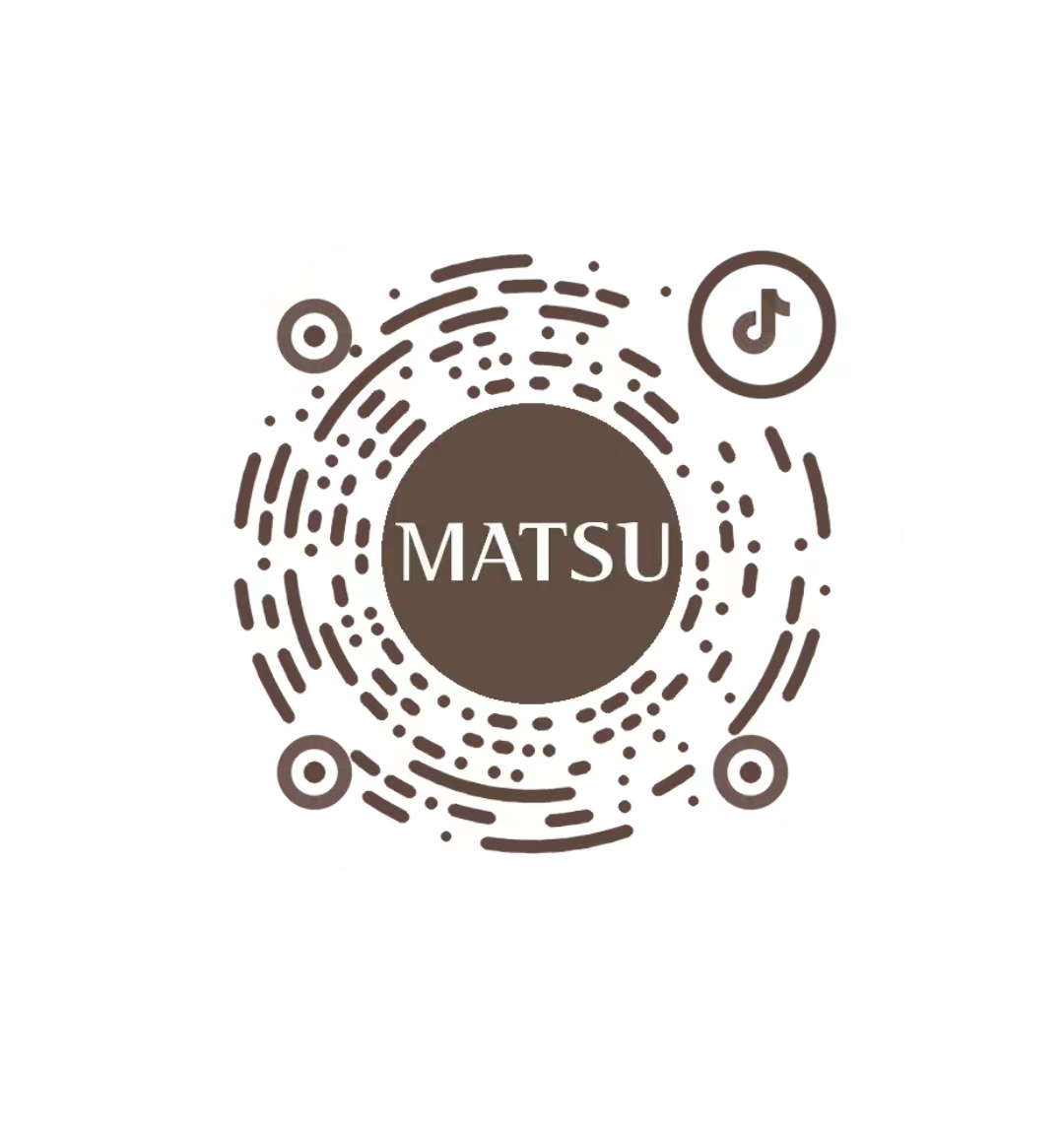
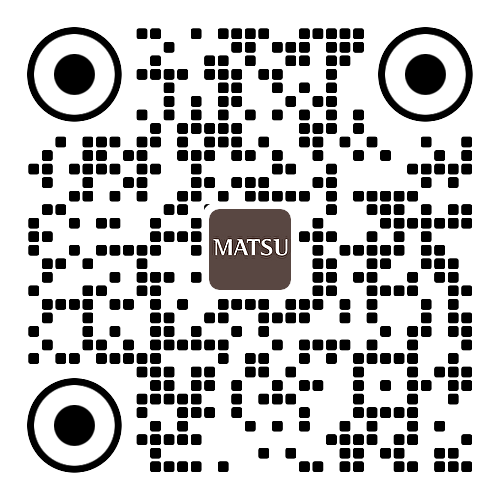

 EN
EN


